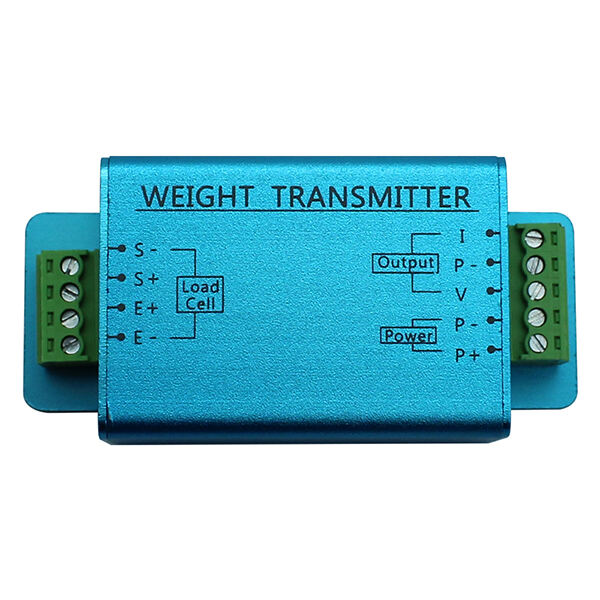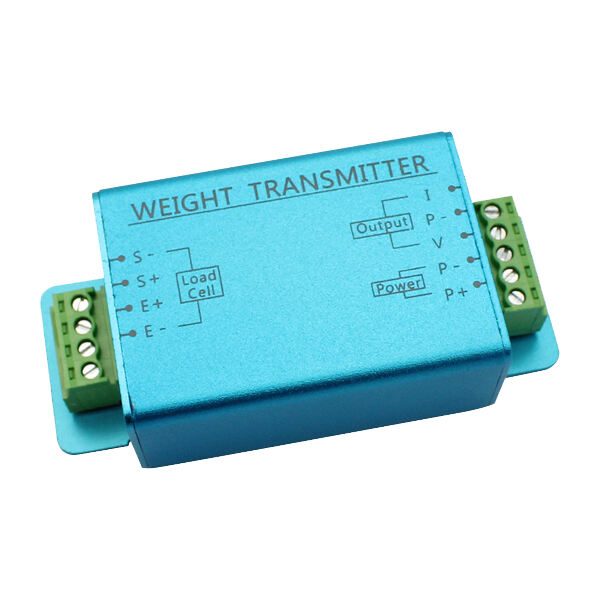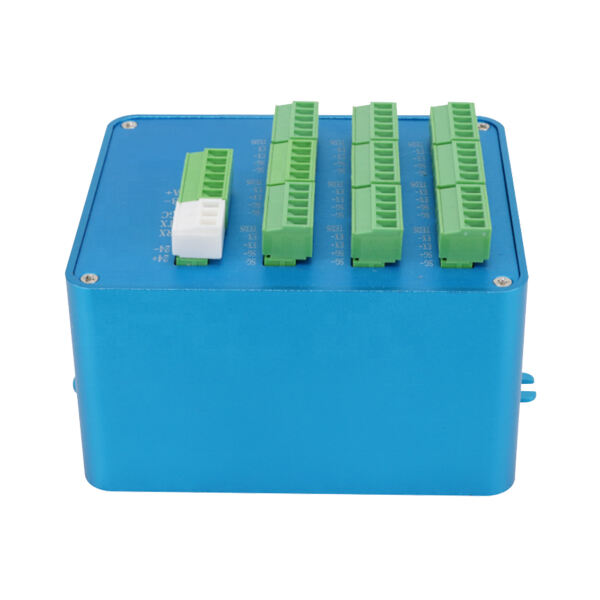The Load Cell Amplifier: Turning Small Signals into Big Results
Introduction:
Some years back I got interested in my weight. Did you know that there is a small gadget called the load cell amplifier which assists in converting the tiny signal from the machine into a measurable value of your body weight? This will seek to address SOP load cell sensor, its benefits, safety, innovation, use, quality, service and application.
There are various advantages of using a load cell amplifier which makes it suitable for turning small signals into measurable results. Firstly they have high sensitivity and accuracy hence even minute changes in weight can be detected. Secondly SOP a load cell are simple to operate and require less maintenance. Finally their cost effectiveness makes them particularly appropriate for commercial and industrial applications.

Recent developments in Load Cell Amplifier technology towards more efficient and accurate results has occurred over the years. The major step towards this is digital Load Cell Amplifiers that employ SOP type load to convert analog signals into digital ones. Advantages of digital amplifiers include faster response times, better accuracy and higher resolution.

The use of these devices should be done with caution, especially in industries where they are very helpful such as manufacturing companies. To ensure accurate results, load cells need to be calibrated frequently. Calibration errors can create inaccurate measurements leading to injuries or damage of equipment. Moreover, SOP sensor load must also be periodically examined for any malfunctioning instances.

Load cells are used across different sectors including aerospace industry, automotive industry as well as construction sector among others like manufacturing and medical sector where SOP load cell can measure force applied during medical procedures among other parameters like materials’ weights during construction processes while other companies handling quality control make use of such cells to ascertain whether items meet certain specifications or force requirements
Customers load cell amplifier from variety of transport options. We provide safe packaging speedy delivery all our stock items. You will receive tracking details following the delivery your goods.
We are accredited CE, RoHS and ISO9001. We make that each product undergoes rigorous inspection prior shipping. Additionally, SOP has professional load cell amplifier after-sales assistance for product problems, as well as other problems.
SOP has over 20 years production experience and worked over 500 global load cell amplifier. It is professional manufacturer and high-tech enterprise engaged the development, research manufacturing, sales, service of various types of sensors.
Our main products are comprised different types of sensors, such load cell amplifier displacement sensor drawing wire sensor LVDT sensor, load cell torsion sensor, magneto sensor, pressure sensor, etc. We provide OEM/ODM services depending on the need's client.
Using a load cell amplifier is quite easy compared with other measurement gadgets. First wires are connected between the AMP and the LC respectively. Next calibration process is carried out by adjusting SOP pressure sensor to ensure it provides accurate results. After calibration, the load cell is ready for measuring weight or force. The load cell display will give readings which can be captured on a digital card for storage and analysis.
To get precise and consistent results, the quality of a load cell amplifier is vital. It must be made of strong materials that can resist tough working conditions while having overload protection mechanisms as well. Besides being easy to use, requiring low maintenance levels and supported with great customer service; high quality SOP torque sensor are just some of the things that make them unique.
Load cell amplifiers are useful in many application areas such as weighing systems, conveyor systems, process control systems, etc., for material handling systems. On the other hand, SOP weigh cells measure force, weight, pressure, torque or acceleration. As an addition to automated processes they provide real-time quality data about products and production efficiency respectively.